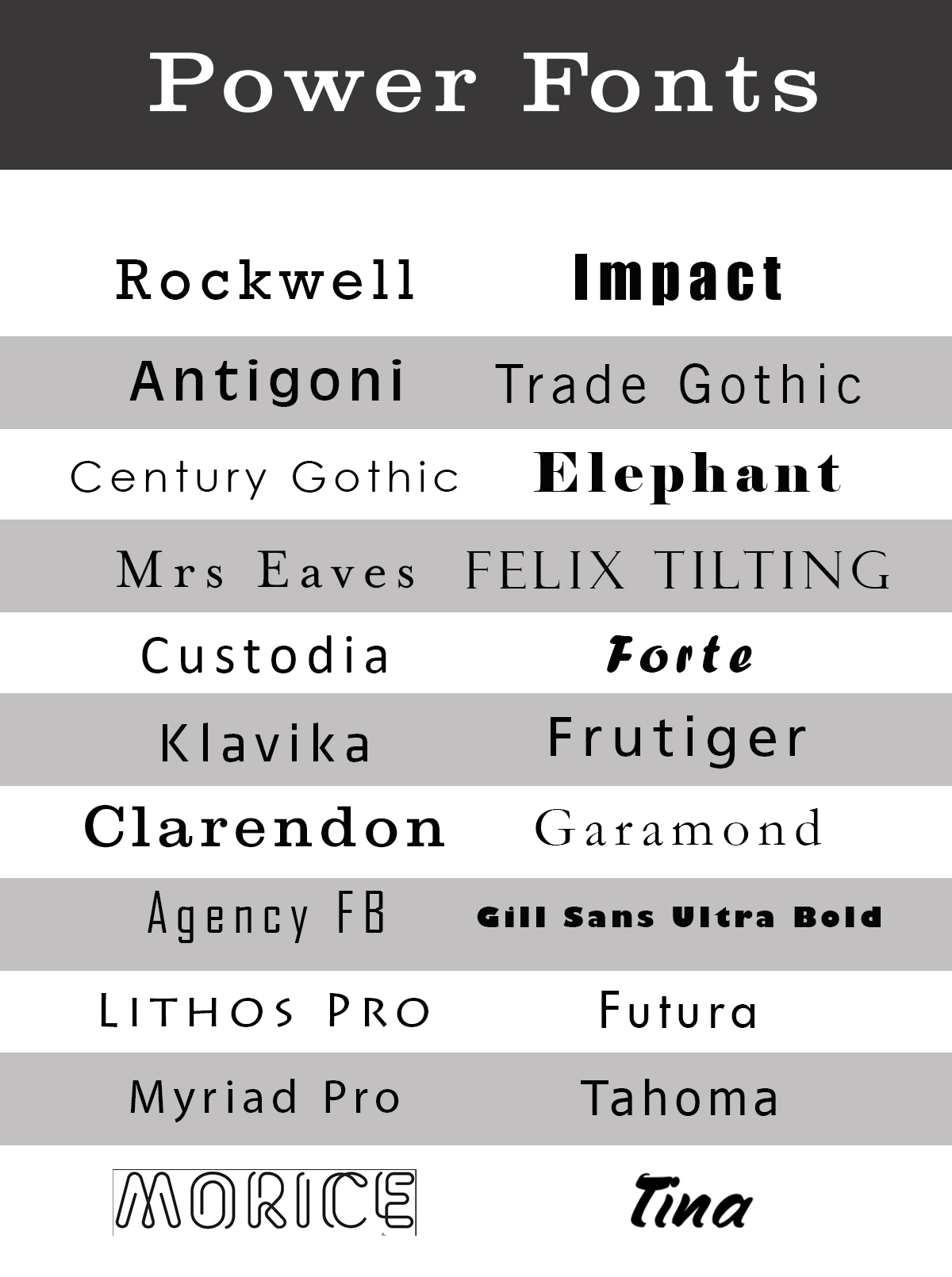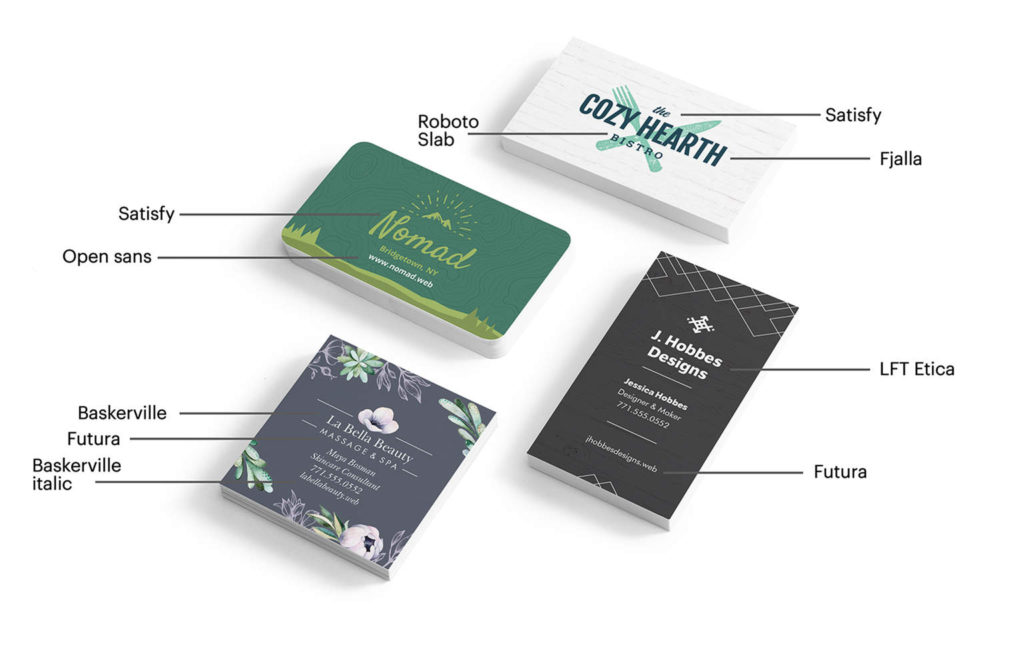
When it comes to designing a business card, every element deserves careful consideration, including the font size. The font size you choose can greatly impact the readability and overall appearance of your business card. In this guide, we will delve into the various factors to consider when deciding on the appropriate font size for your business cards.
Why Font Size Matters on Business Cards

Business cards are often small in size, typically measuring 3.5 inches by 2 inches. This limited space requires careful attention to ensure that all the necessary information can fit comfortably while maintaining legibility. Font size plays a crucial role in achieving this delicate balance.
The Importance of Readability
The primary purpose of a business card is to convey essential information to potential clients or contacts. If the font size is too small, the text becomes difficult to read, causing frustration and potential missed opportunities. On the other hand, if the font size is too large, it may overwhelm the card, making it look unprofessional.
Legibility Across Different Platforms
In this digital age, it is essential to consider the use of business cards across various platforms. Your card may be scanned and digitized or viewed on a computer screen or smartphone. Font size plays a crucial role in ensuring that your contact information and details remain legible, regardless of the medium.
Factors to Consider

Choosing the right font size for your business card involves considering several factors. Let’s explore these factors in detail to help you make an informed decision.
1. Contact Information
The font size for your contact information should be larger than other text on your business card to ensure its prominence. Aim for a font size that allows your name, phone number, email address, and website to be easily read at a glance.
2. Hierarchy and Emphasis
Consider the hierarchy of information on your business card. For example, your name should be more prominent than other details, such as job title or company name. This can be achieved by adjusting the font size accordingly. Additionally, you may want to emphasize specific information, such as a slogan or tagline, by using a larger font size or a different font style.
3. Readability at Arm’s Length
Imagine someone looking at your business card from an arm’s length away. Is the text still readable? This perspective is important to ensure that even if your card is viewed from a slight distance, the font size remains legible.
4. Branding Consistency
Consider how the font size aligns with your overall brand identity. If you have a specific font style or size used in your other marketing materials, be sure to incorporate a similar aesthetic into your business card. Consistency in font size helps maintain a cohesive and recognizable brand image.
5. Font Style and Typeface
Different fonts have different characteristics, and these can affect their perceived size. For example, a script or decorative font may appear smaller than a sans-serif font of the same size due to its intricate details. It’s important to choose a font style that is both visually appealing and legible at the desired font size.
Recommended Font Sizes
Now that we’ve explored the various factors to consider, let’s discuss some general guidelines for font sizes on business cards.
1. Name and Job Title
Your name should be the most prominent element on your business card. Generally, a font size between 12 and 16 points is suitable for names, with larger sizes used for emphasis. Your job title can be slightly smaller, around 9 to 12 points, depending on the available space.
2. Contact Information
The font size for your contact information should be slightly smaller than your name but should still prioritize readability. A font size of 8 to 10 points is typically appropriate for phone numbers, email addresses, and website URLs.
3. Additional Details
If you have room for additional details, such as social media handles or a tagline, you can use a slightly smaller font size, around 7 to 9 points. However, be cautious not to go too small that it becomes challenging to read.
Conclusion

Choosing the right font size for your business cards is crucial to ensure legibility and professionalism. By considering factors such as readability, legibility across platforms, and branding consistency, you can make an informed decision. Remember to prioritize the most critical information and adjust the font sizes accordingly. By following these guidelines, you can create business cards that are visually appealing, memorable, and effectively convey your contact details. So, go ahead and design your business cards with the ideal font size that suits your brand and purpose.
Olivia Reynolds, a marketing maven, is passionate about the impact of graphic design on brand success. Her love for outdoor adventures and travel fuels her fresh perspective on the importance of visual aesthetics in business cards and branding.